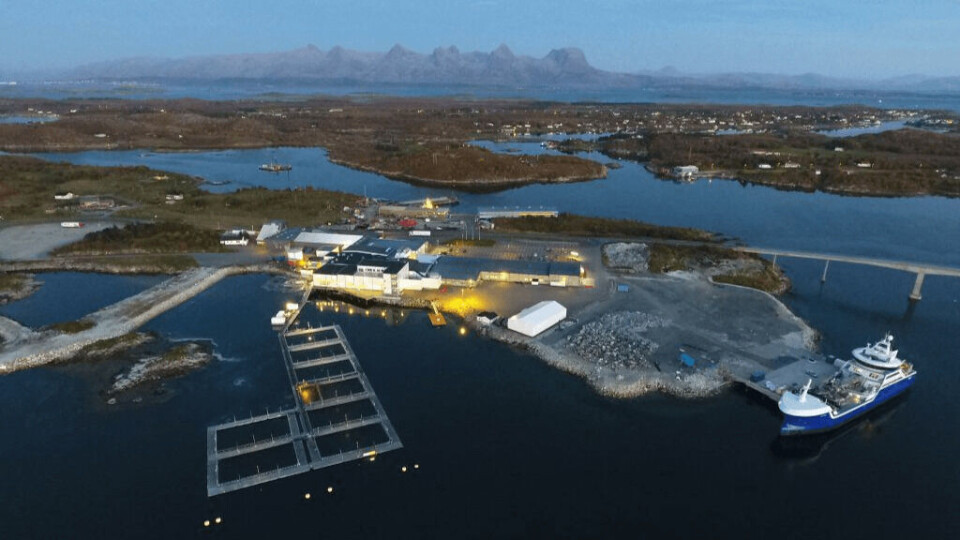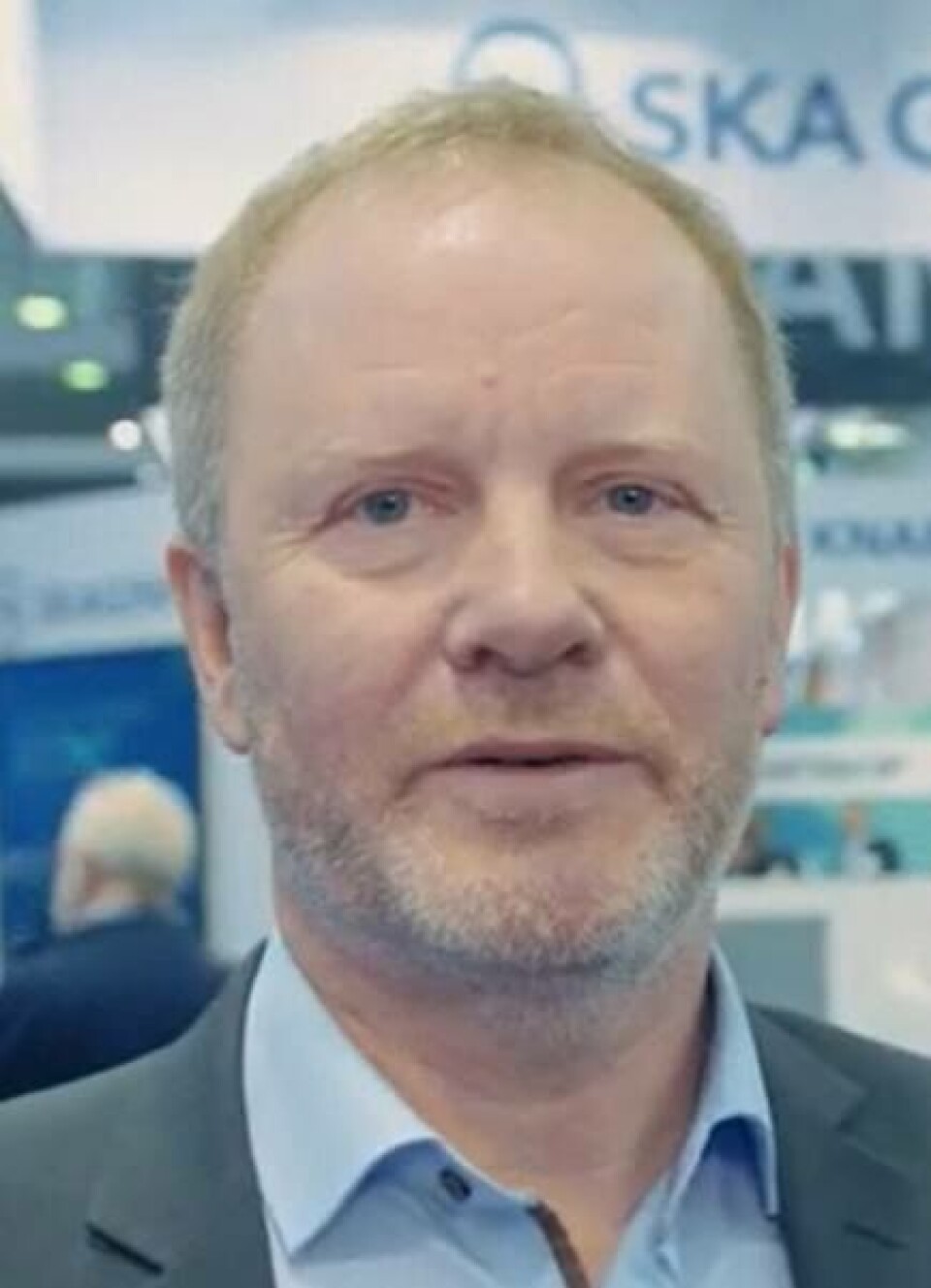
Mowi gives ice the cold shoulder to cut footprint
Mowi has taken a step towards greener transport of its salmon by buying an ice-free fish cooling system from Icelandic manufacturer Skaginn 3X.
The Sub-Chilling system, which will be installed at the salmon farmer’s facility at Herøy, Helgeland, Norway will allow the producer to save on transport costs and emissions.
“We are constantly working with solutions that reduce our carbon footprint throughout the value chain. This is one of the systems that make salmon production even more sustainable,” said Ørjan Tveiten, regional director of Mowi Nord.
30 tonnes an hour
The system cools the fish down to -1.2°C without using ice. The fish itself becomes the cooling refrigerant and stays at a sub-zero temperature for longer than if chilled with ice. Skaginn says this delivers better quality to the consumer and extended shelf life by up to a week.
The new system at Herøy will sub-chill up to 30 tonnes of salmon an hour and promises to deliver significant savings in shipping. As ice becomes superfluous, 20% more product can be shipped for the same price.

Five tonnes less
“Even if you choose to use 10% of the usual amount of ice to preserve moisture in boxes you still reduce both cost and your carbon footprint significantly as the weight of each semi-trailer will be about 4-5 tonnes less,” said Magni Veturlidason, general manager of Skaginn 3X AS, Norway.
“This means great savings in terms of shipping costs, but most importantly, the method - from harvest to consumer - supports sustainability in the seafood industry.”
Veturlidason said the system had been used at whitefish and salmon processors in Iceland and Norway for several years and had proven its performance in terms of product quality and return on investment. Further sales were in the pipeline in Norway, Europe and elsewhere.
30,000 tonnes of ice by air
“We see great opportunities in Norway for our solutions as the country is the world’s largest salmon exporter,” says Veturlidason.
“In 2019, approximately 1.4 million tonnes of fresh salmon were exported. About 80-90% are transported by truck and about 10-20% by air. Roughly calculated, 300,000 tonnes of ice are exported by truck and 30,000 tonnes by air annually in Norway alone.
“It is neither sustainable, nor cost effective to be shipping ice around for the same price as the fish itself. Eliminating ice from the cool chain creates tremendous opportunities for savings.”























































